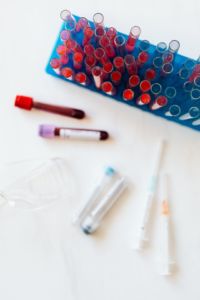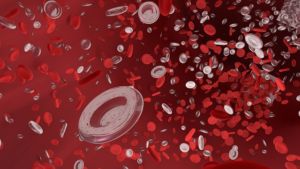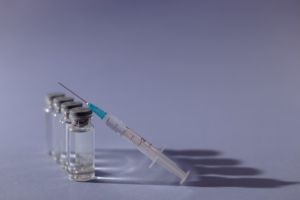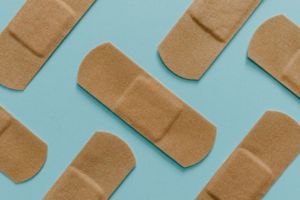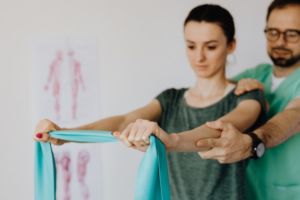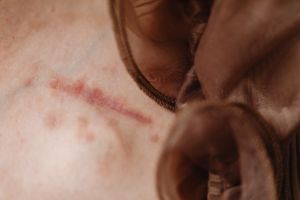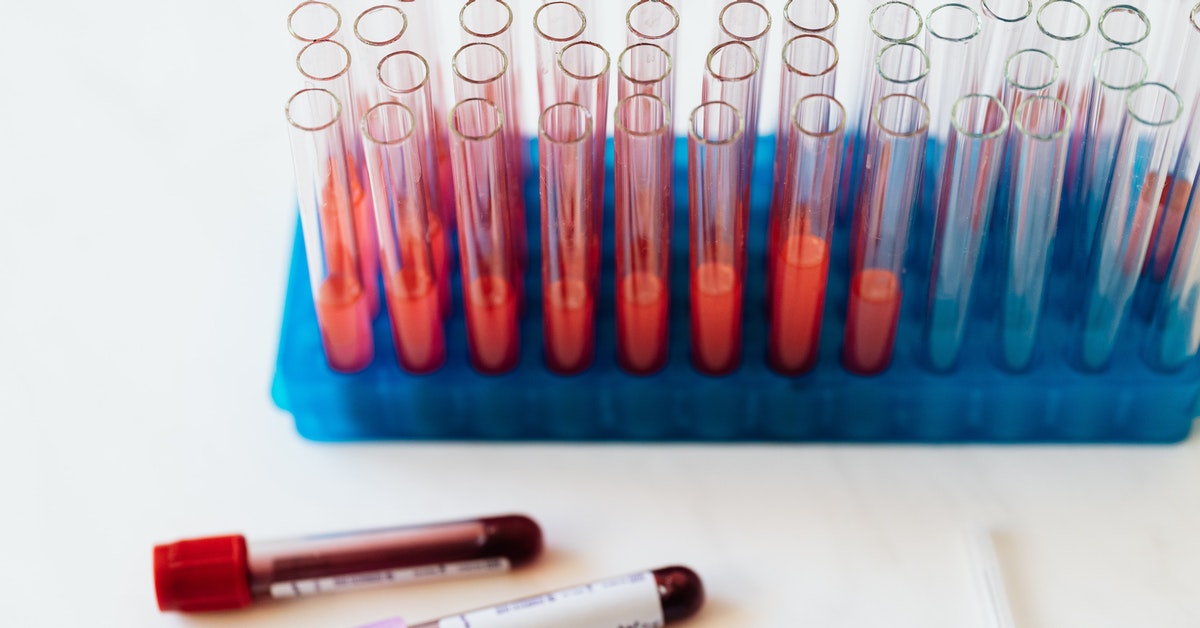
You have questions about PRP, and our experienced providers have answers. Here are the ten most common questions we receive from patients who are considering PRP injections:
1. What are PRP Injections?
PRP stands for platelet-rich plasma. The injections are made from the patient’s own blood. Your provider will collect a blood sample then process it to separate the red blood cells from the plasma (the liquid part of your blood), and the platelets. Platelets are specialized pieces of bone marrow that produce growth factors and other chemicals that aid in healing. These platelets along with a small amount of plasma are injected into the treatment area.
2. What Does PRP Do?
PRP contains over 30 bio-active proteins that contribute to tissue growth and healing. When PRP is injected at the injury site, it reduces inflammation, enhances cellular growth, and prompts healing in bone and soft tissue. Essentially, PRP activates your body’s natural healing process, but the effect is amplified.
Chronic pain that continues after an injury should have healed is often the result of a stalled healing process. PRP can reactivate the body’s healing cycle and complete the process. When it’s used for recent injuries, PRP can reduce healing time.
3. How Fast Will it Work?
90% of the patients we see in our office experience some relief within a week after their first PRP injection. We recommend an initial course of three injections. We’ve found that this provides the best results for most people. If you don’t feel better after your first injection, there’s a high chance that you’ll notice a difference after your second. PRP helps your body heal, and this process can take some time. You should expect to notice continual improvement for a few weeks after your third injection.
Even though it may take you a bit longer to feel relief with a PRP injection than with a steroid or pain medication, the results are much longer-lasting. Patients with acute injuries can experience complete healing and permanent relief. Arthritis pain patients typically feel better for about a year and then need a booster injection.
4. How Many Times Will I Need to be Treated?
After the initial three-shot regimen, we recommend a yearly booster. Some people, such as athletes, may need a booster more often. This has to do with activity level and the amount of strain on the injury while it is healing. If you have an injury that can fully heal (as opposed to a chronic condition like arthritis), you won’t need boosters after your injury has finished healing. Our goal is to get patients who can achieve full healing to the point where they no longer need treatment. Chronic pain patients will need to get a yearly booster. Some individuals may need the booster more or less often, depending on how their body responds.
5. What Are The Side Effects?
Since you are receiving your own plasma back, you won’t have any side effects from the substance itself. The process of any injection always comes with a slight risk of bleeding or infection. Our professionals will make every effort to mitigate these risks. When a PRP injection is given by a professional, the risk of bleeding or infection is less than 1 %. In other words, PRP injections are among the safest treatments available.
6. Who Should Not Receive PRP Injections?
As with any treatment, there are some contraindications to PRP. Individuals who are pregnant, have cancer or have blood clotting disorders are not good candidates for treatment. These patients may still be able to receive other treatments at our office to help relieve their pain. When you meet with our providers, we will take a detailed medical history and recommend the right treatments for your unique needs.
7. Why Not Steroids Instead?
Steroid injections are a well-known treatment for back and joint pain. They can provide effective pain relief, but the results are short-term. Some patients also experience uncomfortable side effects and need a different option. PRP has fewer side effects and provides longer-term relief.
8. Can I Receive Other Treatments with PRP?
Yes! We often recommend a combined treatment with PRP and hyaluronic acids to our patients struggling with knee pain. Hyaluronic acid is a substance your body produces to lubricate joints. Arthritis patients often experience more relief when PRP and hyaluronic acid are used together.
Your provider may recommend other treatments such as rehabilitation alongside your injections. The combination of treatments that is right for you will be determined during your initial consultation and modified as needed during treatment.
9. What Conditions Can PRP Treat?
PRP can be used to treat a wide range of injuries. Some of the most common problems we treat with PRP include:
- Osteoarthritis
- Lumbar spinal disc pain
- TMJ
- Muscle tears
- Rotator cuff injuries
- Repetitive use injuries
- Lumbar and cervical facet joint dysfunction
- Tendon and ligament injuries
10. Is it Ever Too Late to Receive PRP Shots?
If you’ve been injured, seeking treatment right away will produce the best results. The healing factors in PRP injections work optimally when the body is producing inflammation. These healing chemicals “look” for inflammatory enzymes to tell them where to work. A fresh injury has more inflammation than an old injury and will give the PRP better “directions.”
Old injuries and arthritis typically cause pain due to low level, constant inflammation. In these cases, PRP can help restart the healing process and complete it. PRP can also aid in healing and keep inflammation in check after certain surgeries. For most patients, it’s never too late to use PRP. Significant results can be achieved even with old injuries and arthritis. The one exception to this is patients with advanced, bone-on-bone arthritis.
PRP Treatment in Houston
At Vanguard Spine & Sport, we have given thousands of PRP shots to patients with arthritis and other injuries. We believe in the power of PRP because we’ve seen the results in our patients. Our providers will always spend time with you to answer your questions and make your experience comfortable. Give us a call today to experience real healing with PRP.


